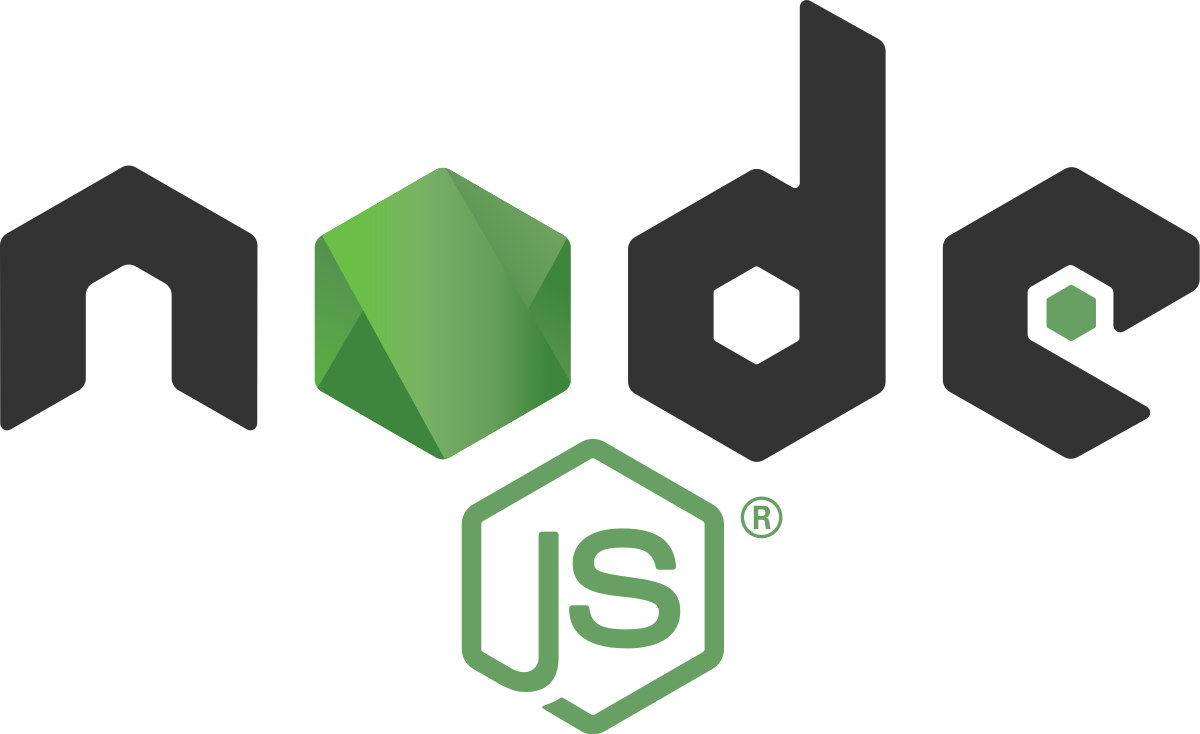Introduction to Node.js
Node.js® is a JavaScript runtime built on Chrome's V8 JavaScript engine.

Node.js® is a JavaScript runtime built on Chrome's V8 JavaScript engine.

Node.js is an open-source and cross-platform JavaScript runtime environment. It is a popular tool for almost any kind of project!
Node.js runs the V8 JavaScript engine, the core of Google Chrome, outside of the browser. This allows Node.js to be very performant.
A Node.js app is run in a single process, without creating a new thread for every request. Node.js provides a set of asynchronous I/O primitives in its standard library that prevent JavaScript code from blocking and generally, libraries in Node.js are written using non-blocking paradigms, making blocking behavior the exception rather than the norm.
When Node.js performs an I/O operation, like reading from the network, accessing a database or the filesystem, instead of blocking the thread and wasting CPU cycles waiting, Node.js will resume the operations when the response comes back.
This allows Node.js to handle thousands of concurrent connections with a single server without introducing the burden of managing thread concurrency, which could be a significant source of bugs.
Node.js has a unique advantage because millions of frontend developers that write JavaScript for the browser are now able to write the server-side code in addition to the client-side code without the need to learn a completely different language.
In Node.js the new ECMAScript standards can be used without problems, as you don't have to wait for all your users to update their browsers - you are in charge of deciding which ECMAScript version to use by changing the Node.js version, and you can also enable specific experimental features by running Node.js with flags.
npm with its simple structure helped the ecosystem of Node.js proliferate, and now the npm registry hosts over 1,000,000 open source packages you can freely use.
The most common example Hello World of Node.js is a web server:
const hostname = '127.0.0.1'
const port = process.env.PORT
const server = http.createServer((req, res) => {
res.statusCode = 200
res.setHeader('Content-Type', 'text/plain')
res.end('Hello World!\n')
})
server.listen(port, hostname, () => {
console.log(`Server running at http://${hostname}:${port}/`)
})
This code first includes the Node.js http module.
Node.js has a fantastic standard library, including first-class support for networking.
The createServer() method of http creates a new HTTP server and returns it.
The server is set to listen on the specified port and host name. When the server is ready, the callback function is called, in this case informing us that the server is running.
Whenever a new request is received, the request event is called, providing two objects: a request (an http.IncomingMessage object) and a response (an http.ServerResponse object).
Those 2 objects are essential to handle the HTTP call.
The first provides the request details. In this simple example, this is not used, but you could access the request headers and request data.
The second is used to return data to the caller.
In this case with:
res.statusCode = 200
we set the statusCode property to 200, to indicate a successful response.
We set the Content-Type header:
res.setHeader('Content-Type', 'text/plain')
and we close the response, adding the content as an argument to end():
res.end('Hello World\n')
Node.js is a low-level platform. In order to make things easy and exciting for developers, thousands of libraries were built upon Node.js by the community.
Many of those established over time as popular options. Here is a non-comprehensive list of the ones worth learning: